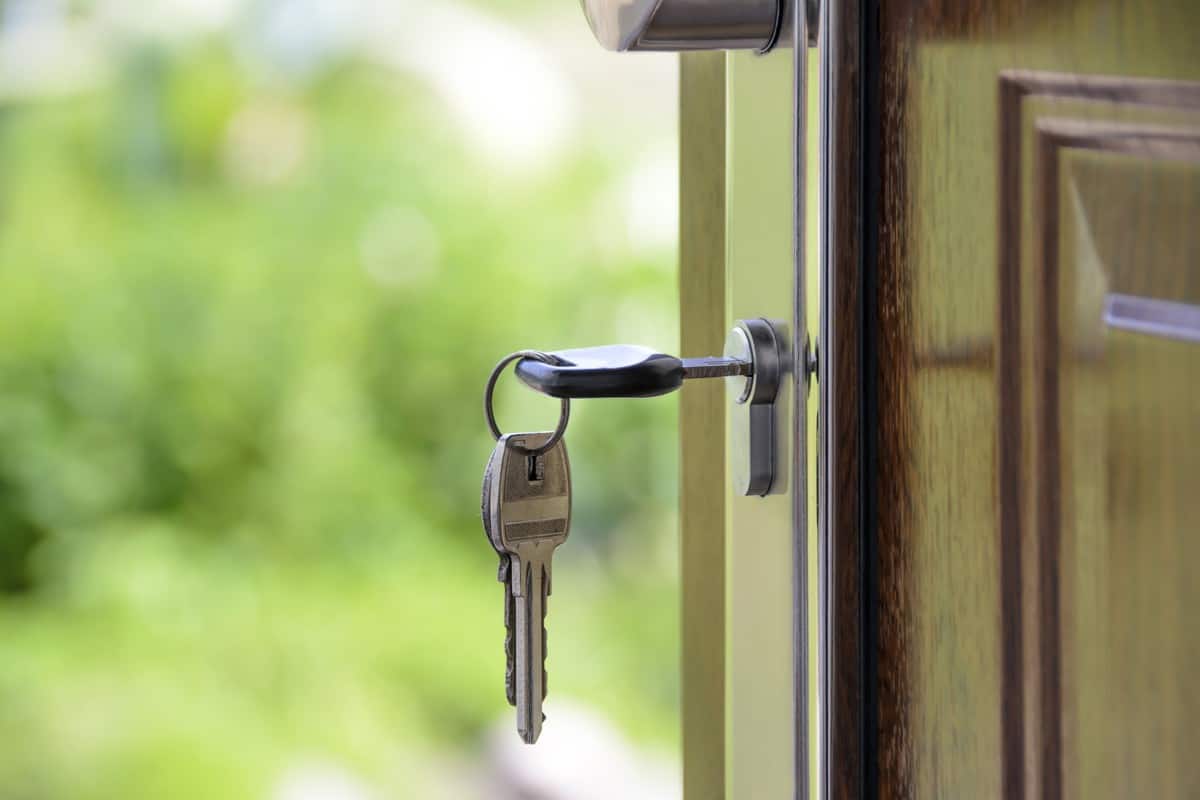A 15-Year fixed interest rate mortgage is the less popular version of the 30-Year fixed interest rate mortgage. While the golden standard of mortgage types is the 30-Year fixed, there are actually more benefits to having a 15-Year.
Why Isn’t the 15-Year Mortgage Popular?
The 15-Year fixed interest rate mortgage isn’t as popular as the 30-Year fixed interest rate mortgage because even though it has more benefits on paper, many people don’t have the financial means to afford the monthly payments. What makes the 30-Year fixed interest rate mortgage is how affordable the mortgage payments are. Even with a higher interest rate, and more money going to interest, the ending result is a lower payment amount because there is double the amount of time to pay it back.
What are the benefits of a 15-year fixed loan?
Term and Lower Interest Rate
The biggest benefit that a 15-Year fixed interest mortgage can provide to a homeowner is the term. Many mortgages have a term of 30 years, which is pretty standard, but with a 15 year term, you will have paid off your home in only half the time. Also, the length of your term can give you a lower interest rate because it is seen as less of a risk to your lender. With a longer term, it means that it is going to take longer to pay back the loan amount. 30 years is standard term length, but if for some reason a 30-Year fixed isn’t manageable and you were to opt for a 40-Year or 50-Year, that would make your mortgage subprime. Subprime mortgages have a tendency to have higher interest rates and in this case, the term length is the reason for the spike in interest rate.
Likewise, mortgages with shorter terms are rewarded with lower interest rates because the lender will be getting their money back faster. With lower interest rates, you save more money. The interest rate is basically a fee that’s included in your mortgage payment for getting a loan to purchase your home. The interest rate is given to you in the form of a percentage and because the interest you pay is based on the percentage of the total loan amount, the lower the number is, the more money you will have saved.
Fixed Interest Rate
The fixed interest rate is also a great perk. The going interest rates change and either go higher or lower depending on the market. With a fixed interest rate, you secure yourself the rate until it is paid off and it guarantees that your monthly mortgage payment amount remains the same until the very end. There are other mortgage types out there such as an Adjustable Rate Mortgage that only offers a fixed interest rate during the initial period, which typically lasts for only 5, 7, or 10 years. After the initial period is over, the interest rate will adjust to the market leaving you with mortgage payments that change every time the interest rate adjusts.
Why is amortization important?
This isn’t quite a separate benefit, but rather the ending result and a shocking fact that includes the lower interest rate and the length of term. With fixed interest rate mortgages, the interest that you pay is amortized. This means that there’s a payment schedule for them and with each mortgage payment you make, a portion of your payment goes towards the interest and the rest goes towards your principal. One would think that because the interest rate is fixed and the payment amount is the same and that principal is divided between 30 years’ worth of payments, that the interest would be treated the same way. It is not.
Many don’t seem to realize that with an amortized loan, whether it is a mortgage or a student loan, most of the initial payments are going towards paying off the interest. With each payment that you make, less of your mortgage payment will go towards the interest, but when your mortgage payment amount is several thousand dollars, that could take a while. With a 30-Year fixed interest rate mortgage, the first TWELVE YEARS’ WORTH of mortgage payments are going towards interest. That is 144 payments mainly going towards paying down the interest instead of the principal. People don’t realize this because with every fixed interest rate mortgage, the payment amount is the same so it doesn’t catch anyone’s attention or raise any red flags.
With a 15-Year fixed, only the first five years’ worth of payments are mainly going towards interest. With a significantly shorter term, you will have not only not wasted your time, but you will also have built up equity up at a much faster pace. Equity is the portion of the home you actually own, and that is gained by paying off the principal. With a 30-Year fixed, you will be building equity with your monthly payments, but definitely not as much and not that quickly.
Great Candidates for a 15-Year Fixed
As mentioned before, many people end up choosing to go with a 30-Year fixed because the monthly payment amount is more affordable. If you can afford to go with a higher monthly payment and still live comfortably, a 15-year fixed would be a great choice. With all of these great benefits, many would like to go with this option however, because of the higher monthly payment there are eligibility requirements that must be met in order to be qualified.
Credit Score and Debt to Income Ratio
With a higher payment amount, the lender needs to know that you will be able to afford making the payments without falling behind or defaulting on the loan. Each lender has their own requirements and can choose to make an exception, but usually a credit score of 720 or above is ideal. Having a great credit score in general is best because it shows the lender how responsible you are with your debt. Having a high credit score usually indicates that payments are made on time, even with multiple lines of credit. While credit score is important, it isn’t enough. You can still have a staggering amount of debt, but because you make all your payments on time, you would have a great credit score.
A Debt to Income Ratio (DTI Ratio) is used to calculate how much home you can afford to purchase. You can calculate your own DTI Ratio by taking your monthly financial obligations such a credit card payments, car payments, household bills, student loan payments, etc. and divide that number by your gross monthly income (your income before taxes and deductions). Most lenders will issue out a loan if your DTI Ratio is under 41%, but a 15-Year fixed requires that the mortgage payment take up no more than 28% of your gross monthly income. To calculate the max your mortgage payment can cost you, take your gross monthly income and multiply that by .28 or 28%.
Credit score and DTI ratio are both very important factors in the mortgage process, but in terms of the actual approval itself, the DTI ratio will most likely be the determining factor. The credit score will help you to get a lower interest rate and qualify for more types of loans.
Additional Costs You May Not Be Prepared For
Because a 15-Year fixed interest rate mortgage has a higher monthly payment amount than most, it is important to be prepared for the closing costs. When preparing to save for a mortgage, many are so focused on the 20% down payment that they forget that there will be additional upfront costs in order to get the loan. Closing costs usually cost around 2%-5% of the loan amount, so it isn’t cheap. It’s going to cost several thousand dollars. You can choose to get the closing costs rolled into your monthly payments by opting for a slightly higher interest rate, but since the main benefit of a 15-Year is the lower interest rate and paying less in interest and building equity faster, it is the best case to prepare for the closing costs.
Overall Thoughts
On paper, a 15-Year fixed is the best option for anything who needs to get a mortgage to help them purchase a home. You get a shorter terms, a lower interest rate which results in less interest to pay, and you build equity at an incredible pace. No one chooses to be in debt longer, but when looking at the mortgage payments, you need to also be realistic and see what you can afford. A 15-Year fixed is great, but not everyone is able to make those payments and even if they can, they choose to have a better quality of life where they can travel every once in a while and enjoy a night out without guilt.
If a 15-Year fixed is something that you want to have, but don’t have the financial means to do so, you can always refinance into a 15-Year fixed when you’re ready. A mortgage is a contract, but it’s also not set in stone. If a 30-Year mortgage was the best decision for you because you were a brand new, first-time homebuyer but now want something more from your mortgage, you can refinance into a 15-Year fixed.



